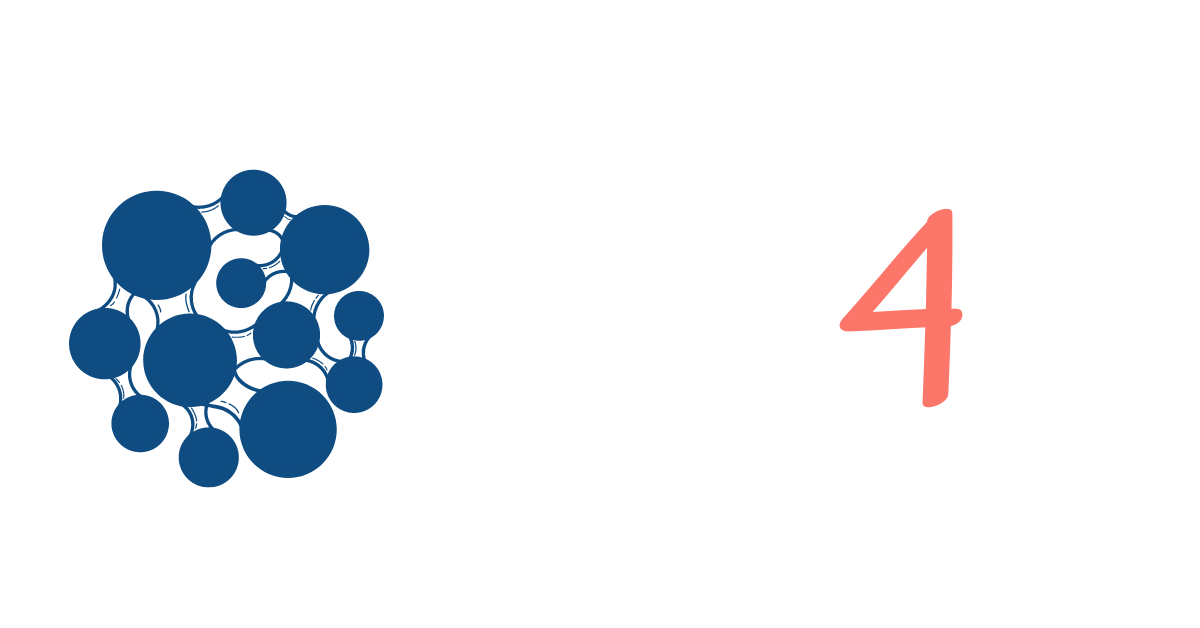Impressions from ANTHOS 2024 and the SbD4Nano Final General Assembly (Press Release)
Impressions from the “Advanced (Nano)Materials and Technologies: science, research & innovation for safety and sustainability” Summit 2024 (ANTHOS 2024) and the SbD4Nano Final General Assembly
Promoting advancements in technological innovation & research results on Safe-by-Design
March 2024
The “Advanced (Nano)Materials and Technologies: science, research & innovation for safety and sustainability” Summit 2024 (ANTHOS 2024) held in Vienna, Austria between March 4th to March 7th, 2024 served as the project's Final Dissemination and Training event.
It aimed to promote the advancements in technological innovation & research results on Safe-by-Design (SbD) for advanced (nano)materials and beyond. This summit served as a platform for bringing together leading experts in Safe-by-Design (SbD) and Safe-and-Sustainable-by-Design (SSbD) from projects funded under the H2020 and Horizon Europe initiatives.
During the public event and the General Assembly key presentations were given by the SbD4Nano experts including a demonstration/training session on the SbD4Nano e-infrastructure featuring:
Neil Hunt (Yordas): WP6 Presentation of SbD4Nano Factsheets
Mustafa Culha (SUNUM): “Safe-by-Design for Nanomaterial Safety: Role of Surface Chemistry”.
Wouter Fransman (TNO): “Safe-by-Process-Design to mitigate exposure to Advanced Materials”.
Alina Bisag (ART-ER): “SbD4Nano production cost analysis of modified vs unmodified nanomaterials".
Neil Hunt (YOR): “Soft drivers for adoption of SbD”.
Ralph Vanhauten (ThinkWorks): “SAbyNA guidance platform and SbD4Nano e-Infrastructure to support the design process towards safer nanoforms, nano-enabled products and processes”.
Julio Gomez (AVANZARE): “Implementation of SbD in the preparation of graphene and related materials and its composites“.
The conference attracted 163 people from research organizations, small and medium enterprises (SMEs), governments and policy, and other organizations active and interested in the safety and sustainability of advanced materials, nanomaterials, and related processes and products.
ANTHOS 2024 provided the ideal stage to disseminate the results of the SbD4Nano project.
On Monday, 4 March, the SbD4Nano General Assembly brought together its members to discuss the latest developments of the project, followed by the BioNanoNet (BNN) which kicked off the open networking event for all participants.
Dr Neil Hunt from Yordas Group presented key findings from the SbD4Nano project. For SbD to have realized its ambitious objectives, it had necessitated widespread adoption across all industry sectors. This entailed convincing decision-makers of the compelling rationale behind embracing an approach that might have seemed to escalate resource demands during product development. That presentation scrutinized how an initial modest investment during the innovation phase could yield substantial financial and societal dividends over the long term.
Another success story from the SbD4Nano project was presented - the SbD4Nano Factsheets - explaining the key project results and lessons learned. The Factsheets cover various topics including:
Safe-by-Design within Supply Chain
Integration of Safe-by-Design with Innovation Models
Overlap of Safe-by-Design with current and future risk governance
What is Safe-by-Design and where the SbD4Nano project fits
Economic drivers to adopt Safe-by-Design
Social drivers to adopt Safe-by-Design
Role of Surface Chemistry in Safe-by-Design
Industry perspective Safe-by-Design
Success stories from SbD4Nano
The event was organised by BNN, the EU NanoSafety Cluster, and the sister projects’ collaboration of the NMBP-15 projects (ASINA, SAbyNA, SABYDOMA, SbD4Nano) and NMBP-16 projects (DIAGONAL, HARMLESS, SUNSHINE, as well as IRISS and PARC).


